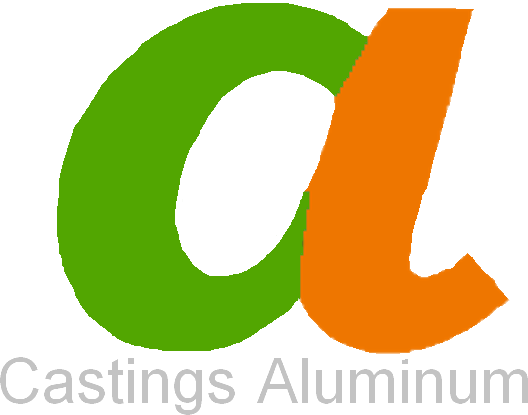The History of Aluminum Die Casting
The history of aluminum die casting dates back to the early 19th century and has played a significant role in shaping various industries. This manufacturing process involves pouring molten aluminum into a precision mold, allowing it to solidify and then extracting the formed component. Over the years, advancements in technology and techniques have improved the quality and efficiency of aluminum die casting.
The roots of die casting can be traced back to the late 1800s when innovative individuals developed methods to mass-produce metal parts. One of the pioneers in this field was Elisha K. Root, who patented the first manually operated casting machine in 1849. His invention laid the foundation for future developments in aluminum die casting.
In the early stages, zinc and tin-based alloys were primarily used for die casting. It wasn’t until the early 20th century that aluminum began to gain popularity as a casting material. The demand for aluminum increased due to its lightweight nature, excellent strength-to-weight ratio, and corrosion resistance, making it ideal for a wide range of applications.
During World War I, the use of aluminum die casting escalated rapidly due to its suitability for manufacturing aircraft components. The aviation industry’s reliance on aluminum die casting accelerated the development of specialized equipment and techniques, leading to significant advancements in the field.
The post-war period witnessed tremendous growth in aluminum die casting, driven by the expanding automotive industry. Aluminum’s properties, such as high thermal conductivity and electrical conductivity, made it a preferred choice for engine components, transmission cases, and other critical parts. Die casting facilitated cost-effective production and allowed intricate designs to be replicated accurately.
In subsequent years, the advancement of computers and automation technologies revolutionized aluminum die casting. Computerized systems enabled engineers to create intricate mold designs and optimize manufacturing processes, resulting in enhanced precision and efficiency. Additionally, robotic automation improved scalability and reduced labor-intensive tasks.
Over time, the die casting process has become a critical component of various industries, including automotive, aerospace, electronics, and consumer goods. The ability to produce intricate parts with tight tolerances and consistent quality has made aluminum die casting a preferred manufacturing method for a wide range of applications.
Today, aluminum die casting continues to evolve with the introduction of new materials, alloys, and techniques. The focus on sustainable practices and environmental considerations has led to the development of eco-friendly die casting processes that minimize waste and energy consumption.
In conclusion, the history of aluminum die casting is a testament to the advancements in technology and the ever-growing demand for efficient manufacturing processes. From its early beginnings in the 19th century to its widespread applications across various industries today, aluminum die casting has proven to be a vital method for producing high-quality components efficiently.
If you are looking for information about
Aluminum Casting Automobile Parts, or also
Aluminum Heatsink Parts, take a look at this website. Aluminum Castings Blog gives
information on how to get a Aluminum Castings. If you are looking for Aluminum Casting Part Prices look at this website.
Castings Aluminum Company Die Casting Company
6918 Beck Avenue
North Hollywood, CA. 91605
818-982-9200 Phone
For Aluminum Part Prices, send email request to Sales@Castings-Aluminum.com.








